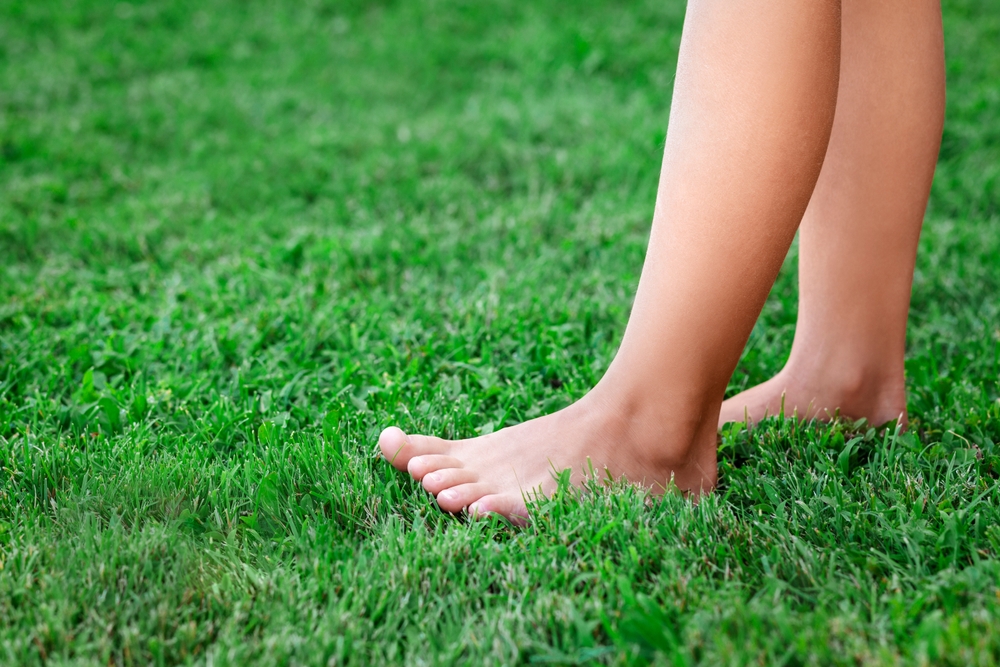Unearthing The Health Benefits of Grounding: The Science Behind Earthing
Engulfed in a world of technology and artificial environments, have you ever wondered about the health impacts of reconnecting with the earth? The concept of grounding, also known as earthing, might hold the answer. Grounding involves placing your bare feet on the earth, connecting bodily to the planet's natural electric charge. This practice, while relatively new in the realm of scientific research, has deep roots in human history.

Ancient civilizations, from the Native Americans to the Hindu Vedic traditions, recognized the significance of the earth’s energy. They believed in the healing power of nature and often conducted spiritual rituals barefooted, directly on the earth. Many indigenous cultures today still maintain these traditions, highlighting a timeless, cross-cultural appreciation for grounding’s potential benefits.
Relevance in Modern Health Research
In the past few decades, grounding has gained attention within the scientific community. The foundation of this interest lies in the earth’s surface electrons, which can act as powerful antioxidants. By making direct contact with the earth, these electrons can enter the body and neutralize excess free radicals, reducing inflammation and oxidative stress.
A growing body of research suggests that grounding may have several health benefits, from improved sleep and reduced pain to enhanced immunity. However, it’s important to note that while these findings are promising, more rigorous, large-scale studies are needed to solidify grounding’s role in health and wellness.
The Science of Grounding: Benefits and Limitations
Grounding’s potential benefits are backed by several studies. For instance, a 2012 study reported that grounding could help improve sleep, reduce pain, and decrease stress by influencing cortisol, a key stress hormone. Another study from 2015 suggested that grounding might boost cardiovascular health by improving blood flow.
However, grounding also faces skepticism. Critics argue that the research is still in its infancy and often lacks rigorous methodologies. Moreover, the mechanisms behind how grounding works remain largely unknown. Despite these challenges, the scientific community acknowledges the need for further research to explore grounding’s potential.
Grounding: The Intersection of Science and Nature
Interestingly, grounding is one of the few wellness practices that aligns the often-divergent paths of science and nature. It combines the naturalist’s appreciation for earth connection with the scientist’s thirst for evidence-based practice.
Though the science behind grounding is still emerging, it nevertheless offers a unique approach to wellness that is accessible, cost-free, and rooted in our own evolutionary history.
Engaging with Grounding: Quick Tips
- Try grounding in the morning or evening when the earth’s energy is stronger.
- Ground yourself for at least 30 minutes each day for potential benefits.
- Wet grass or sand can enhance the grounding effect.
- Remember, grounding is a supplement, not a replacement for conventional medical care.
In conclusion, grounding presents a fascinating intersection of ancient wisdom and modern science. While research is ongoing, preliminary findings suggest that this simple practice of connecting with the earth could offer a range of health benefits. As we continue to explore the potential of grounding, it serves as a reminder of the intricate bond between our health and the natural world.






